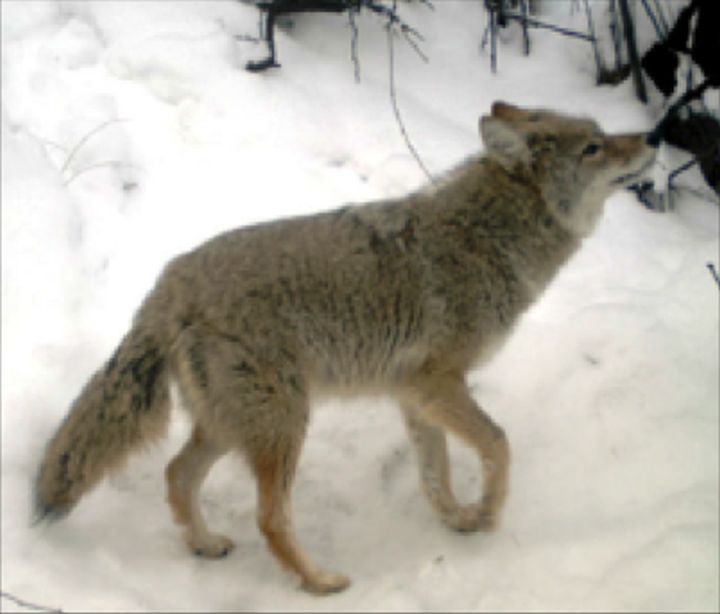Someone is leaving pieces of raw meat for wild animals in a west Edmonton ravine and wildlife experts say it has to stop, or it might lead to the animals being destroyed.

Park rangers are investigating after receiving several reports of steak and stew meat being left in the MacKenzie Ravine over the past few weeks.
Sgt. Greg Komarniski, a park ranger with the City of Edmonton, said red meat has randomly been left in a part of the ravine near 142 Street and 92 Avenue.
“It has been attracting wildlife and in this case, more coyotes to the area,” he said on Thursday. “Unfortunately, there’s people that feel the need to feed wildlife.”
READ MORE: Reports of coyote sightings on the rise in Edmonton
Park rangers believe the meat is being left in the ravine overnight or during the early morning hours. There have been reports of a vehicle being in the area between 3 a.m. and 5 a.m. on several occasions.
Some who frequent the ravine were shocked to learn this was going on.
“I just can’t even imagine,” said Dayna Mazzuca, who walks in the ravine a couple of times a week. “The number one rule in coexistence is you don’t give an animal human food.
“I just can’t imagine somebody giving up a good steak to a coyote.”
Just last week, a large dog was killed by coyotes in the MacKenzie Ravine. While park rangers say it’s too early to link the killing to the coyotes being fed red meat, biologist Dr. Colleen Cassady St. Clair said she found a butchered bone just metres from where the dog was attacked.
“What I saw at the site of the attack was a lot of really well defined coyote trails, quite a lot of human garbage — soap container, part of an egg carton, a paint can — and most importantly, a butchered bone,” explained St. Clair, a biological sciences professor at the University of Alberta.
“So already before learning about this, I had the suspicion that these coyotes had been fed by people.
“I was astounded to learn that people are feeding wildlife, targeting coyotes, in such a bold and pronounced way. It’s a really bad scene for the coyotes.”
READ MORE: Feeding wildlife in national parks can earn you a $1,000 fine
While some people may feel they’re doing the animal a favour by feeding them, St. Clair said there are dangerous consequences to feeding wildlife. They can become what’s called food conditioned, which can lead to conflict with humans.
“Feeding wildlife results in dead wildlife,” she said bluntly.
“What’s known about carnivores that are food conditioned is they always become very protective of that food source, very aggressive of people. And ultimately, they get into the kind of conflict that ends in their destruction. Pretty much always.
“If you feed wildlife you are actually signing their death warrant.”
READ MORE: Top 6 ways to help prevent conflicts with coyotes
There are about 2,000 healthy coyotes living in the Edmonton area, the city said.
Feeding wildlife is illegal under the city’s parkland bylaw and can result in penalties ranging from a $100 fine to a court date.









Comments